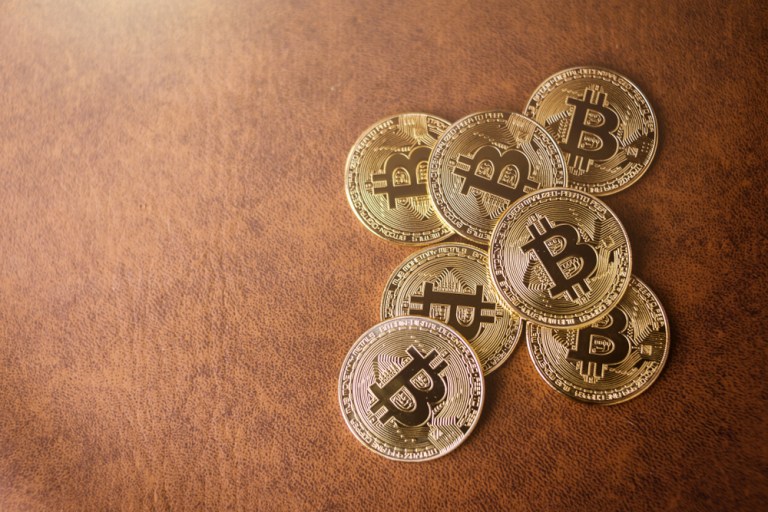Traditional ninth anniversary gifts are pottery and willow.
But what do you get the cryptocurrency that seemingly has everything? Perhaps the two choices mentioned above are apt metaphors for the digital wave that has come to dominate the headlines, to a frenzied pitch.
Pottery, as in crackable and splintering when dashed. Supporters see cryptocurrencies as shattering the traditional models of fiat and central banking. Willow, as in bending easily. Perhaps the technology — chiefly the public ledger known as blockchain — is flexible enough to embrace that illustration.
Regardless, this week marks nine years, on Jan. 3 to be exact, when the bitcoin/blockchain network saw its first real mining. Call it the archetype, the building block, the genesis of cryptocurrency.
And it’s been straight up since then. Well, not really. It has, by any stretch, been a journey of hype, reality, promise, peril, the playing field of corporates and criminals alike. Fad? Revolution? Depends on where you sit — and what you think about the role of what has happened in the nine years since the first 50 bitcoins were mined, via block, where the blocks have now moved past the half a million mark. Incidentally, the second block sprang into being six days later, on Jan. 9, indicating the relative slowness of the mining process — itself now a bit of a controversy.
What we have currently is a marketplace where you can choose from among more than 1,000 digital currencies, where the total market cap is worth roughly $700 billion, and where bitcoin — the leviathan here — has started to see at least some eclipsing from upstarts. At this writing, bitcoin has about 36 percent of that total market.
Advertisement: Scroll to Continue
Want a bit of irony? How about irony with cheese on top? Don’t conflate the mining of bitcoin — via Satoshi Nakamoto — with the trading of bitcoin. The latter only happened in 2010, when 10,000 bitcoins were used to buy two pizzas; that same count is worth more than $100 million today. Talk about a Domino effect. The price of bitcoin has stretched from $2 in 2012 to $1,000 in 2014 back to $200. Though no linear path, the digital currency hit more than $19,500 in December of 2017.
Along the way: some legitimacy of actually using bitcoin as currency. A few random samplings of that show us that Microsoft has accepted it for some services, and Overstock now accepts it too. But speculation reigns, as futures have debuted, hedge funds have made multiples of their money on cryptos and everybody talks about whether it is too late to get in.
The news this past week that at least one Wall Street analyst, from RBC Capital Markets, sees a $10 trillion ecosystem at work in the years ahead reveals a bit of bullishness at work. Conversely, Merrill Lynch, for its part, has said that financial advisors are banned from pitching bitcoin-themed investments to clients. On yet another flip side of the (bit) coin, other very real, resource-related considerations are in play. For example, consider the fact that China, at this writing, has been looking at curbing at least some of the electricity use that is part and process of mining bitcoin.
Perhaps of more concern to bitcoin is, and should be, the rise of the alternatives, where as market share has eroded for the headliner, rocket fuel has underpinned firms such as Ripple XRP and Ethereum, which has reached new highs. The rising tide is lifting many boats, and whether the tide turns we’ve yet to see.

